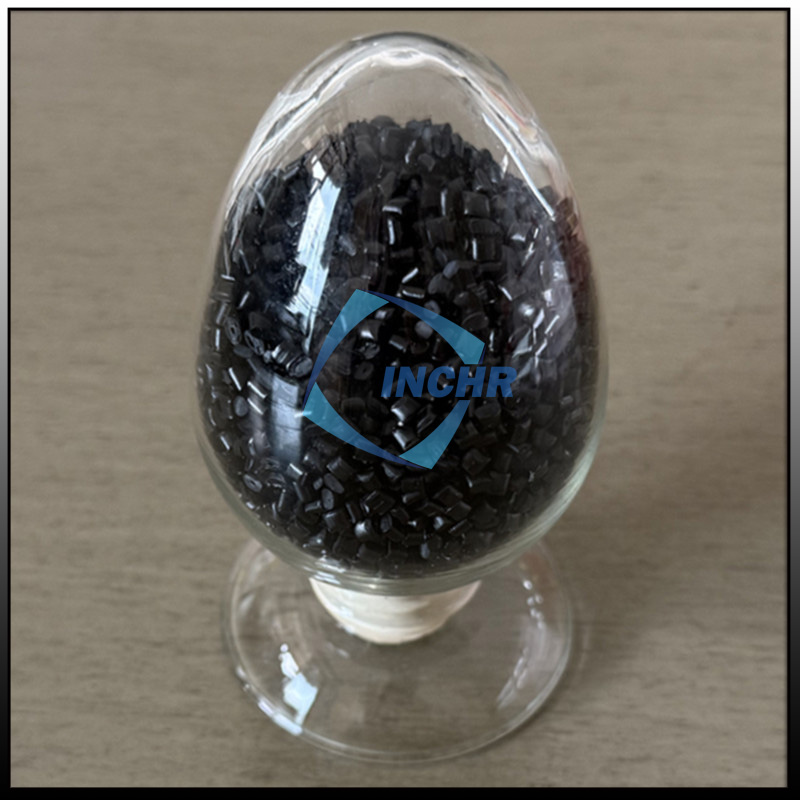Carbon Fiber Reinforced Nylon: The Ultimate Guide to a High-Performance Material
In the quest for lightweight, durable, and high-performance materials, carbon fiber reinforced nylon (CFRN) has emerged as a standout solution. Combining the versatility of nylon with the strength of carbon fiber, this composite material is revolutionizing industries from automotive manufacturing to consumer electronics. This article dives into the properties, applications, and future potential of CFRN while addressing its role in sustainable innovation.

What Is Carbon Fiber Reinforced Nylon?
Carbon fiber reinforced nylon is a composite material created by embedding carbon fibers into a nylon polymer matrix. The carbon fibers enhance the base material’s mechanical properties, resulting in a lightweight yet exceptionally strong thermoplastic. Typical carbon fiber content ranges from 10% to 40%, depending on the desired balance between strength, weight, and cost.
Key Properties of Carbon Fiber Reinforced Nylon
High Strength-to-Weight Ratio: CFRN offers tensile strength comparable to metals like aluminum but at a fraction of the weight, making it ideal for weight-sensitive applications.
Thermal Stability: It retains structural integrity at elevated temperatures (up to 150°C–200°C), outperforming standard nylon.
Chemical and Wear Resistance: Resistant to oils, fuels, and abrasion, CFRN excels in harsh environments.
Dimensional Stability: Carbon fibers reduce shrinkage and warping, ensuring precision in molded or 3D-printed parts.
Applications Across Industries
1. Automotive Manufacturing
CFRN is widely used in automotive components such as gears, brackets, and housings. Its lightweight nature improves fuel efficiency, while its durability supports under-the-hood applications. Electric vehicle (EV) manufacturers also leverage CFRN for battery enclosures and structural parts.
2. Aerospace and Drones
In aerospace, weight reduction is critical. CFRN is used for drone propellers, UAV frames, and aircraft interior components. Its vibration-damping properties also enhance performance in rotating parts.
3. Consumer Electronics
From laptop chassis to wearable devices, CFRN provides a premium finish while protecting internal components from impact and heat.
4. Industrial Equipment
CFRN’s wear resistance makes it suitable for gears, bearings, and robotic arms in manufacturing setups.
5. Sports and Recreation
High-end bicycle frames, tennis rackets, and protective gear benefit from CFRN’s blend of lightness and toughness.
Advantages Over Traditional Materials
Cost-Effective Production: CFRN parts can be injection-molded or 3D-printed, reducing machining costs.
Design Flexibility: Compatible with complex geometries, enabling innovative product designs.
Sustainability: Nylon is recyclable, and CFRN’s longevity reduces material waste over time.
Challenges and Considerations
Higher Cost: Carbon fiber additives increase raw material expenses compared to unfilled nylon.
Anisotropic Behavior: Parts may exhibit directional strength variations, requiring careful design.
Post-Processing: Machining CFRN can wear down tools due to abrasive carbon fibers.
The Future of Carbon Fiber Reinforced Nylon: Trends to Watch
3D Printing Innovation: CFRN is gaining traction in additive manufacturing, with companies like Markforged offering specialized printers for high-strength prototypes.
Sustainable Composites: Research into bio-based nylons and recycled carbon fibers aims to reduce CFRN’s environmental footprint.
AI-Driven Design: Generative design tools optimize CFRN part structures for weight savings and performance.
How to Choose the Right Carbon Fiber Reinforced Nylon Grade
When selecting CFRN, consider:
Fiber Length: Short fibers for complex shapes; long fibers for maximum strength.
Temperature Requirements: High-temperature grades for engine components.
Regulatory Compliance: Ensure adherence to industry-specific standards (e.g., FAA, ISO).
Conclusion
CFRN bridges the gap between plastic convenience and metal-like performance. As industries prioritize efficiency and sustainability, CFRN is poised to play an even larger role in manufacturing and design. By understanding its strengths and limitations, engineers and designers can unlock new possibilities for innovation.




